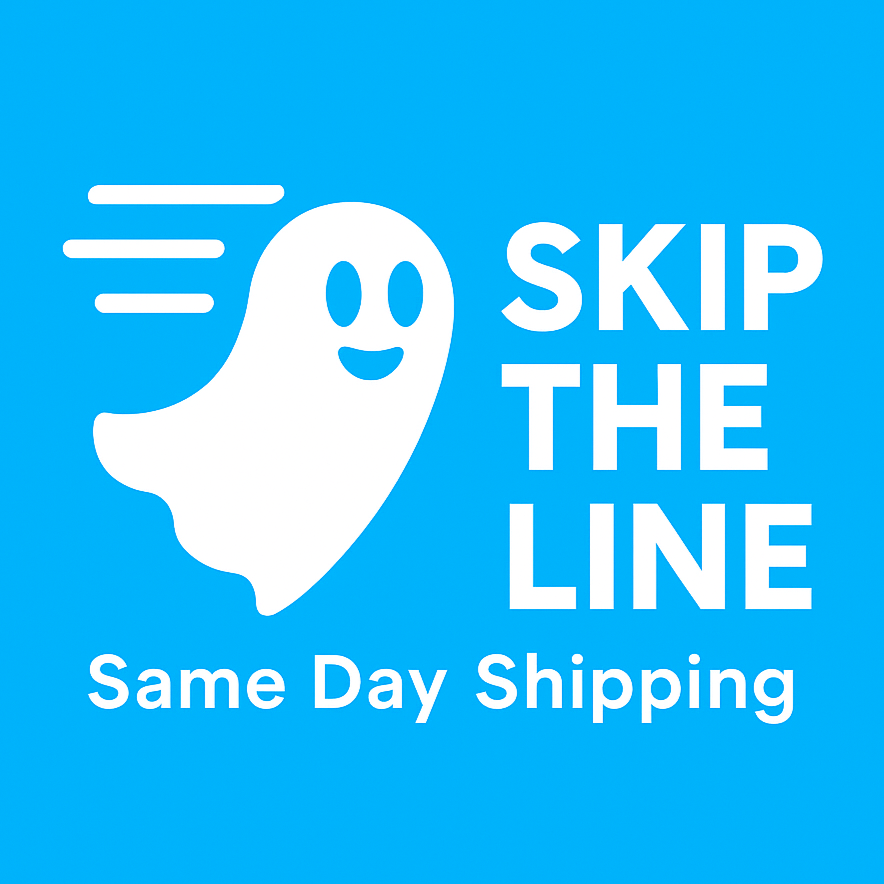What Is Sublimation Printing?
Sublimation printing is a digital process that fuses specially formulated dyes with materials that have a polyester content. Instead of simply coating the surface with ink, this process transforms solid dye particles into a gas, allowing them to bond at a molecular level with polyester fibers or polyester-based coatings. The result is a vibrant, permanent graphic that becomes part of the material itself rather than resting on top. Because the dye is embedded within the substrate, sublimation prints are incredibly durable, resistant to fading and keep a soft hand on fabrics. This makes sublimation a popular choice for customizable apparel, décor items and countless promotional goods.
How Does Sublimation Printing Create Permanent Graphics?
Sublimation printing collaborates through a combination of heat and pressure. First, a design is created or edited in any standard graphics software. That digital file is then printed onto special transfer paper using an inkjet printer loaded with sublimation inks. When the printed design is later exposed to high heat (usually around 180–200 °C), the inks sublimate—turning instantly from a solid into a gas. At the same time, the polyester surface is heated and its "pores" open briefly, letting the gaseous dye enter. Once the heat source is removed, the pores close and trap the dye molecules inside the material. The design that was firstly on paper is now locked into the fabric or coated surface.
Because these dyes don't pass through a liquid phase in the transfer step, there is no ink pooling or clumping on top of the substrate. This direct gas transfer also prevents the image from peeling or cracking over time. Once cooled, the paper is peeled off and the final design looks vibrant and crisp. For fabrics, the print feels as smooth as any unprinted area, since the dye becomes part of the fibers. For hard goods like ceramic mugs, aluminum panels or coated wood, the image is sealed beneath a clear polyester-based coating.
What Materials Are Best for Sublimation Printing?
Sublimation dyes only bond effectively with polyester or polymer coatings, so the ideal materials are those with a high polyester content or those that feature a special polyester layer. Here are some common choices:
Polyester Fabrics
Apparel, athletic wear, banners, flags, tote bags and more. Materials labeled as 100% polyester will result in the most vivid colors and best wash durability.
Polyester-Coated Hard Goods
Mugs, metal photo panels, phone cases, ceramic tiles, glass ornaments and wood plaques. These items must come pre-coated with a sublimation-friendly layer. Otherwise, the dyes have nothing to latch onto and the final image may either look faint or wash away.
High Polyester Blends
Sometimes blends of polyester with cotton or other fibers can be used, but the design typically appears less saturated because only the polyester portion will retain the dye. This can be desirable if a vintage or distressed look is needed, but it is not recommended for designs that need bright, consistent color.
Which Tools Are Essential for Sublimation Printing?
A few specialized items are necessary to achieve consistent, high-quality sublimation results:
Inkjet Sublimation Printer
The printer must be compatible with sublimation dyes. Many companies offer dedicated sublimation printers, while some hobbyists convert standard inkjet models if they support refillable sublimation ink systems. Regular inks will not sublimate.
Sublimation Inks
These are specially formulated dyes that transition into a gas under heat. They typically come in cartridges or bottles (often in CMYK sets), though more colors like fluorescent pink or yellow can be used to expand the color range.
Transfer Paper
Sublimation transfer paper holds the printed design without allowing it to spread or soak into the fibers. It releases the ink efficiently when exposed to heat. Generic printer paper is not a suitable substitute.
Heat Press
This machine delivers uniform, high temperature and pressure to transfer the design. A flat heat press is ideal for shirts, mousepads and flat substrates, while mug presses or 3D vacuum presses manage curved objects like cups or phone cases.
Heat-Resistant Tape or Spray
Holding the transfer paper securely in place is crucial. Any shifting during the press cycle can cause ghosting or blurring. Heat-resistant tape or a temporary adhesive spray helps the design stay where it should.
Why Is Sublimation Printing Popular in Various Industries?
Sublimation printing has found uses in a wide range of sectors thanks to its versatility and durable results. Sports brands value it for performance wear, since the dyes become part of the polyester fabric and withstand frequent washing, sweating and stretching. Signage and events teams rely on it for soft banners and flags that stay lightweight and vibrant. Photographers and artists appreciate the vivid, continuous-tone images that appear on metal or ceramic photo panels.
Promotional companies love sublimation for one-off or short-run orders, because there is no lengthy setup or separate plate-making step. Items like personalized mugs, mousepads and phone covers can be made on demand, which is especially helpful for businesses offering individual gifts or corporate branding. This mix of durability, unlimited color potential and compatibility with a variety of products has positioned sublimation as a go-to solution for countless custom projects.
What Advantages Does Sublimation Printing Offer?
Many print professionals choose sublimation over other techniques for several reasons:
Exceptional Durability
Because the dye permeates the polyester fibers or coating, the design resists cracking, peeling or fading. On garments, it tolerates numerous wash cycles without losing color intensity.
Soft, Seamless Finish
There is no noticeable texture on fabrics. For mugs and similar surfaces, the artwork is locked beneath a clear layer that protects it from scratches.
Photo-Realistic Color
Sublimation can produce bright, detailed images, making it ideal for designs involving gradients, photographs or complex color blends.
Short-Run Flexibility
Digital printing means there's no need to create screens or plates. Each item can feature a completely different design with minimal cost change, enabling on-demand production and easy customization.
Minimal Mess
It avoids water-intensive washing steps or solvents. The only waste is the used transfer paper, which is dry and often recyclable.
What Should Be Considered Before Using Sublimation Printing?
Sublimation has specific requirements that might not fit every project. Some important considerations include:
Limited Substrate Color Options
Sublimation inks are transparent, so they rely on a light-colored base for the design to show carefully. White or pastel polyester surfaces collaborate best. Printing on dark fabrics is not feasible unless there is a specialized white layer.
Polyester-Only Requirement
Natural fabrics like cotton do not bond with sublimation dyes. While additives or films exist to make cotton sublimation possible, those add complexity and generally do not deliver the same durability and feel as direct sublimation onto polyester.
Equipment Costs
A proper setup needs an inkjet sublimation printer, a reliable heat press and associated accessories. These upfront costs can be significant if large format production is the goal. Consumables like ink and transfer paper also add to ongoing costs.
Production Time per Item
Each item must go through a pressing cycle. While this typically takes under a minute for flat items, large orders can become time-consuming if done one at a time.

